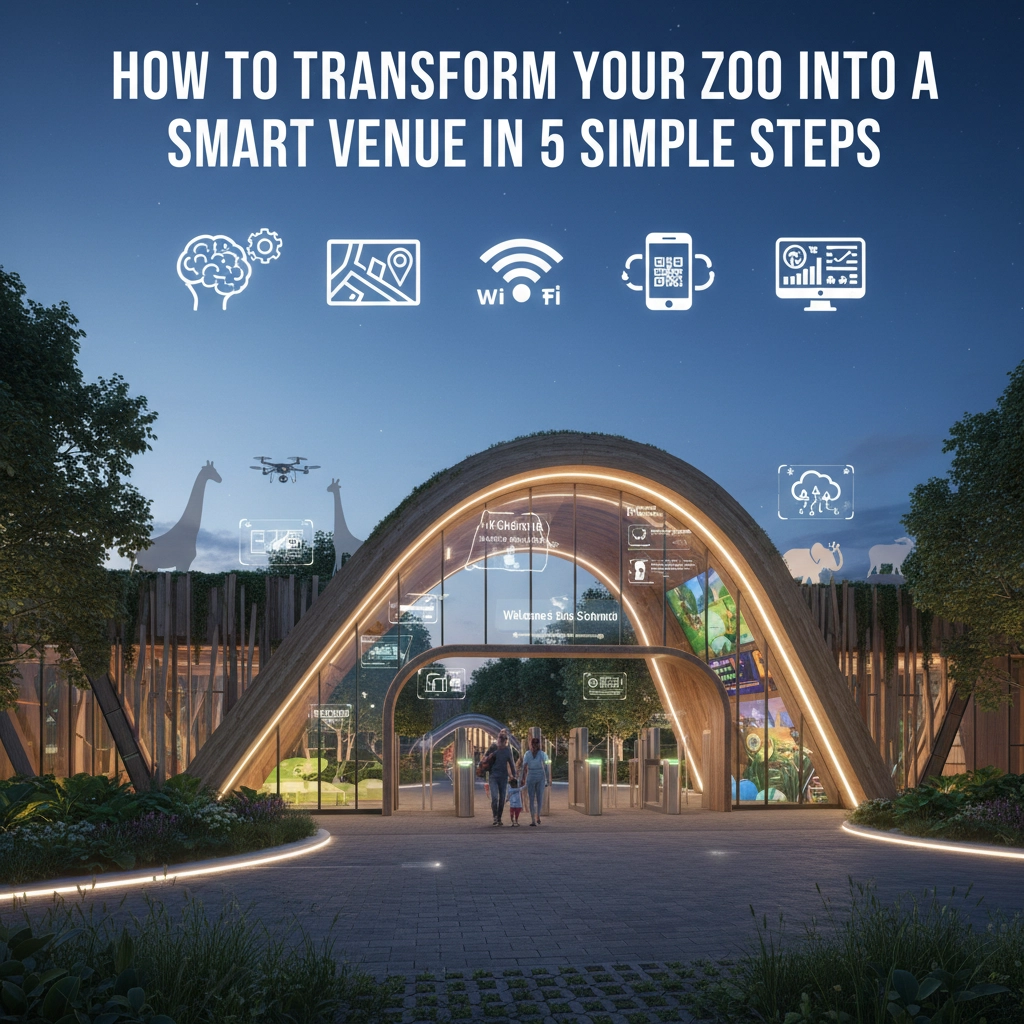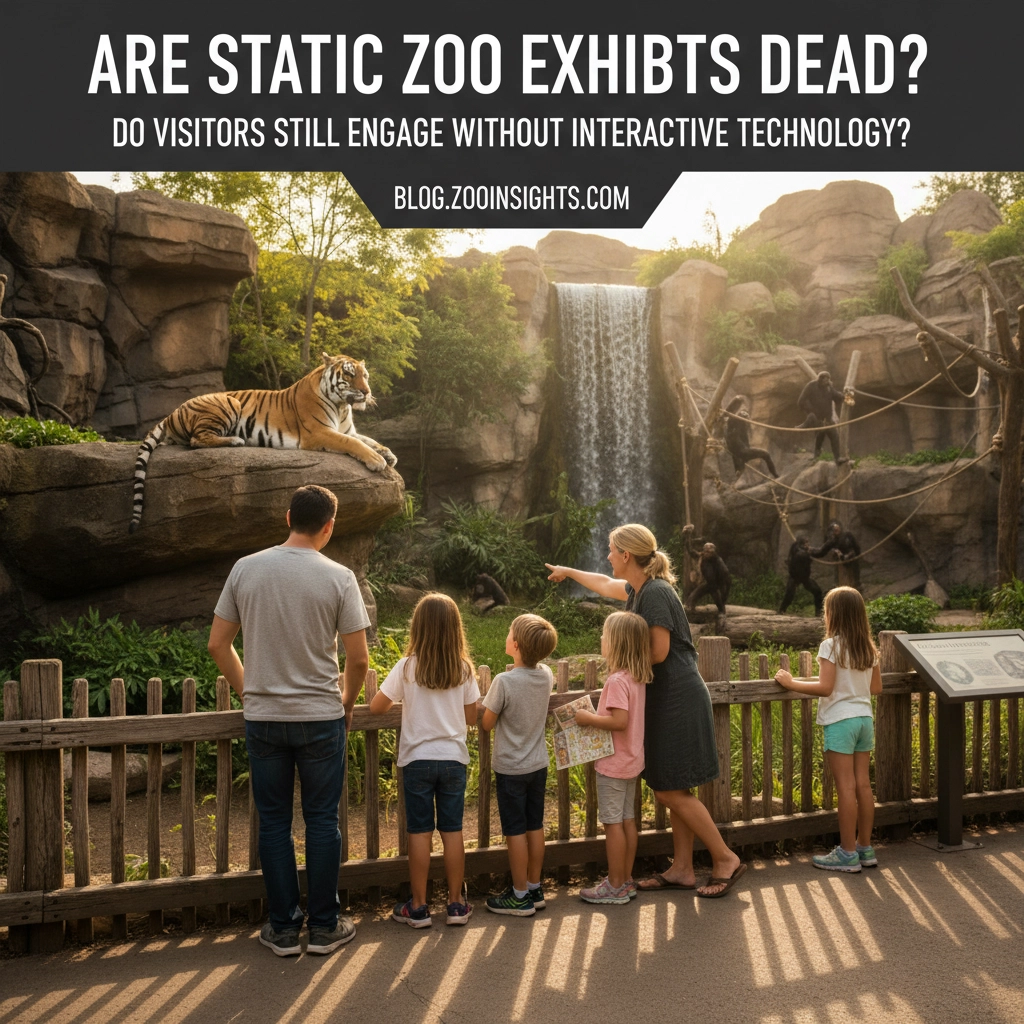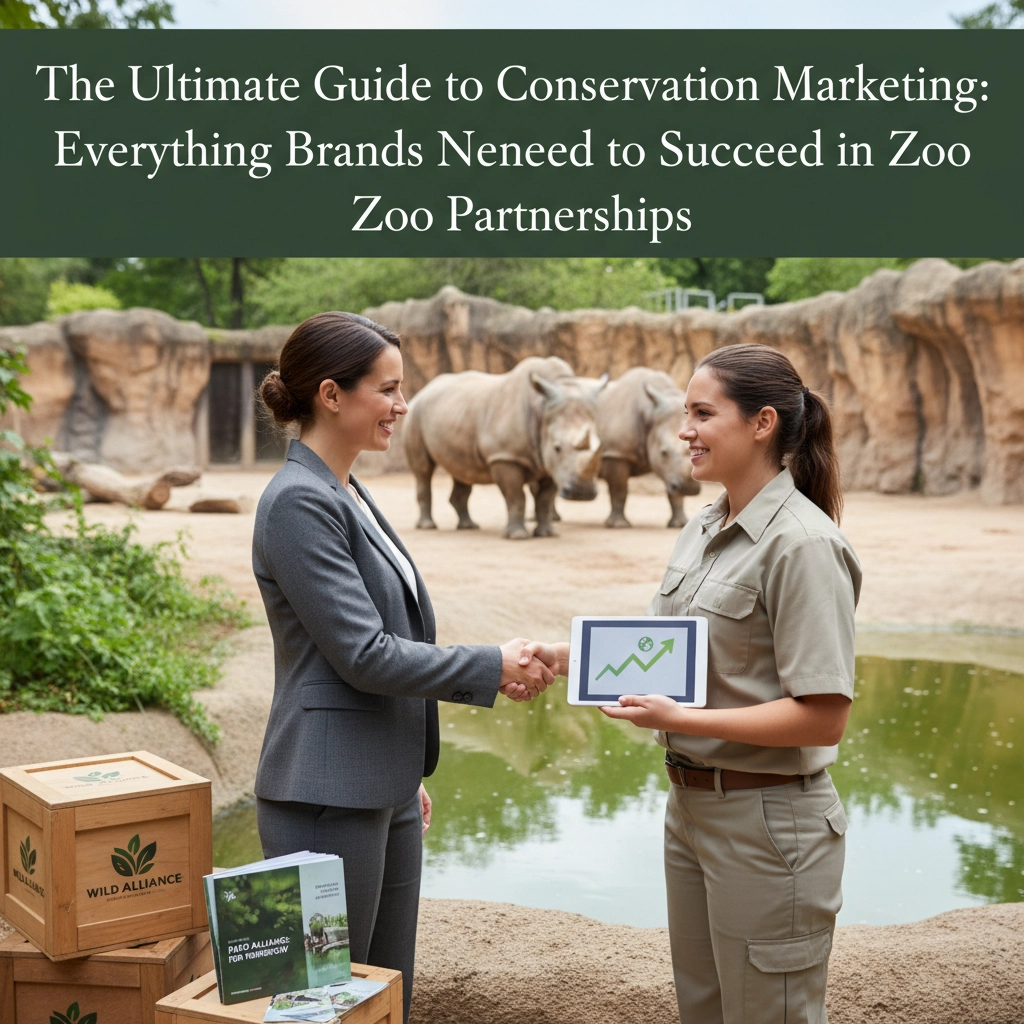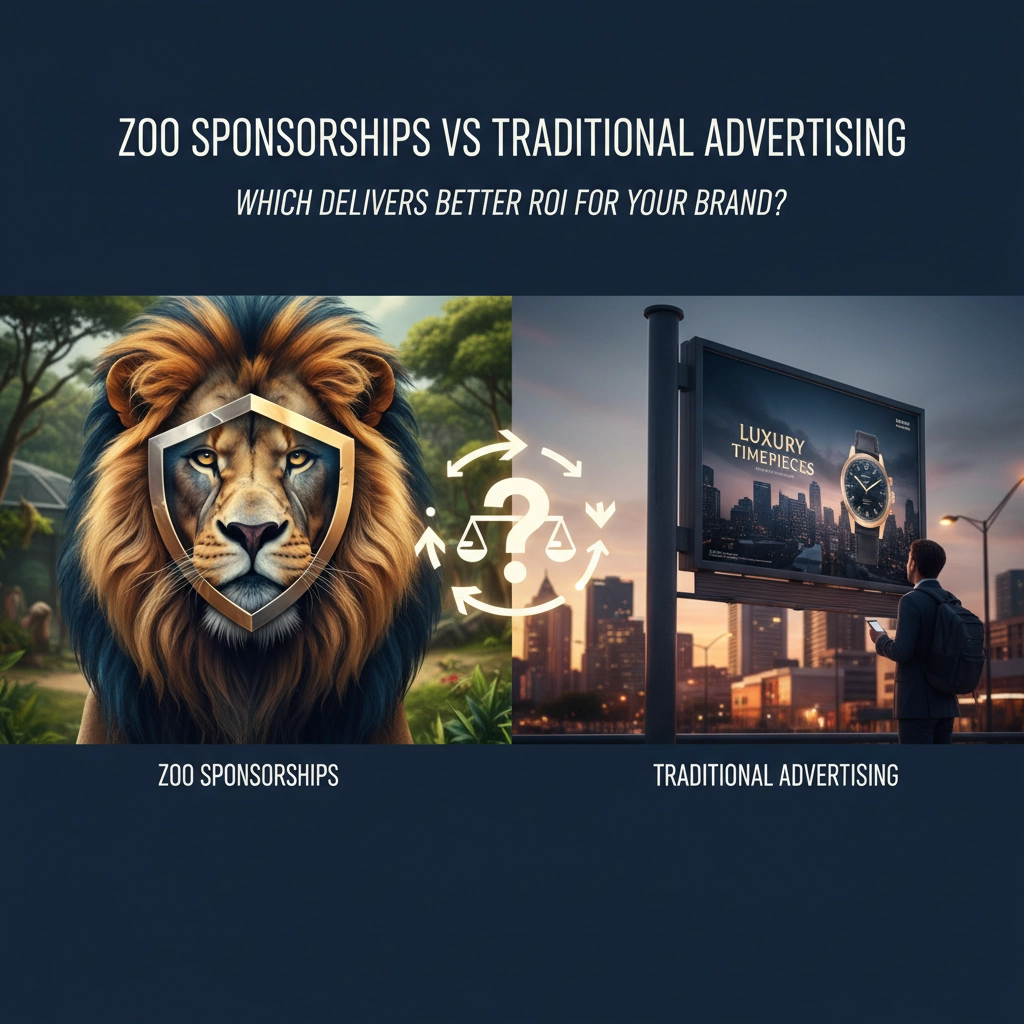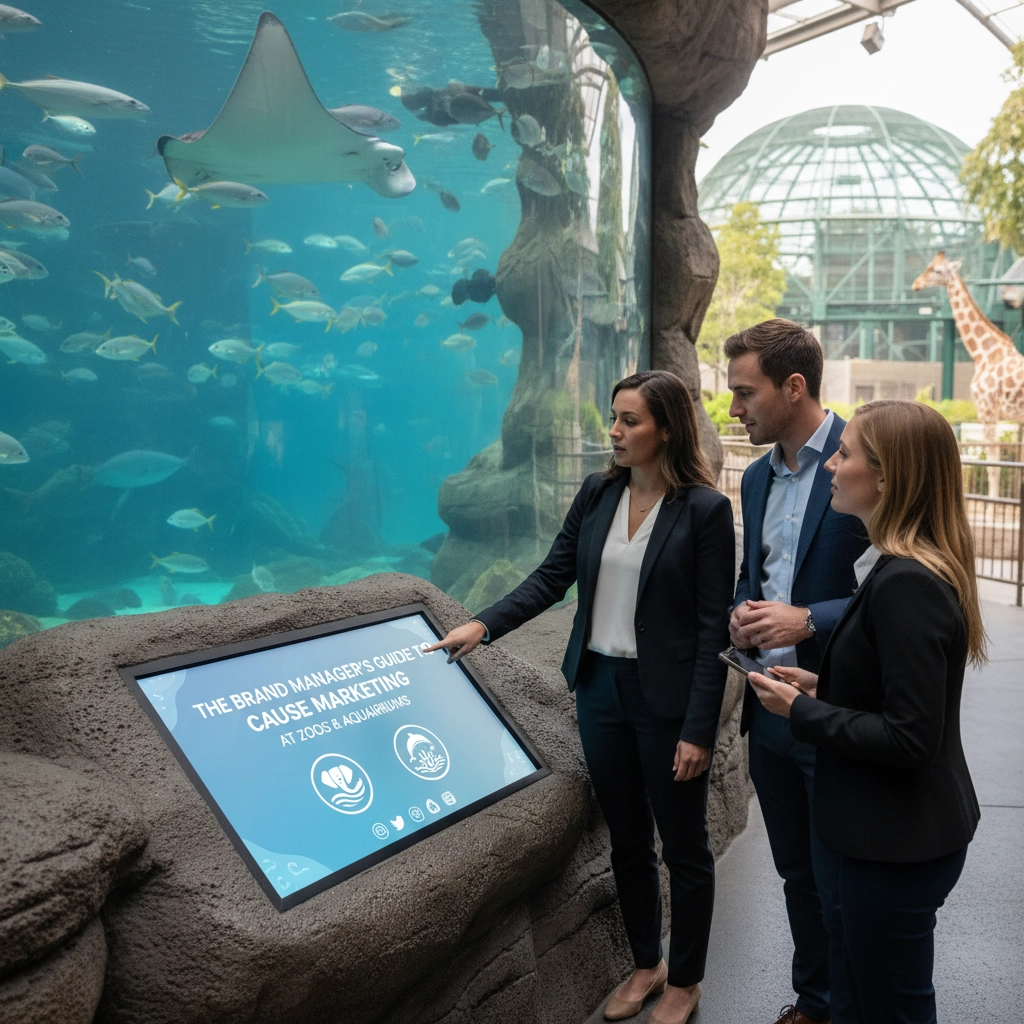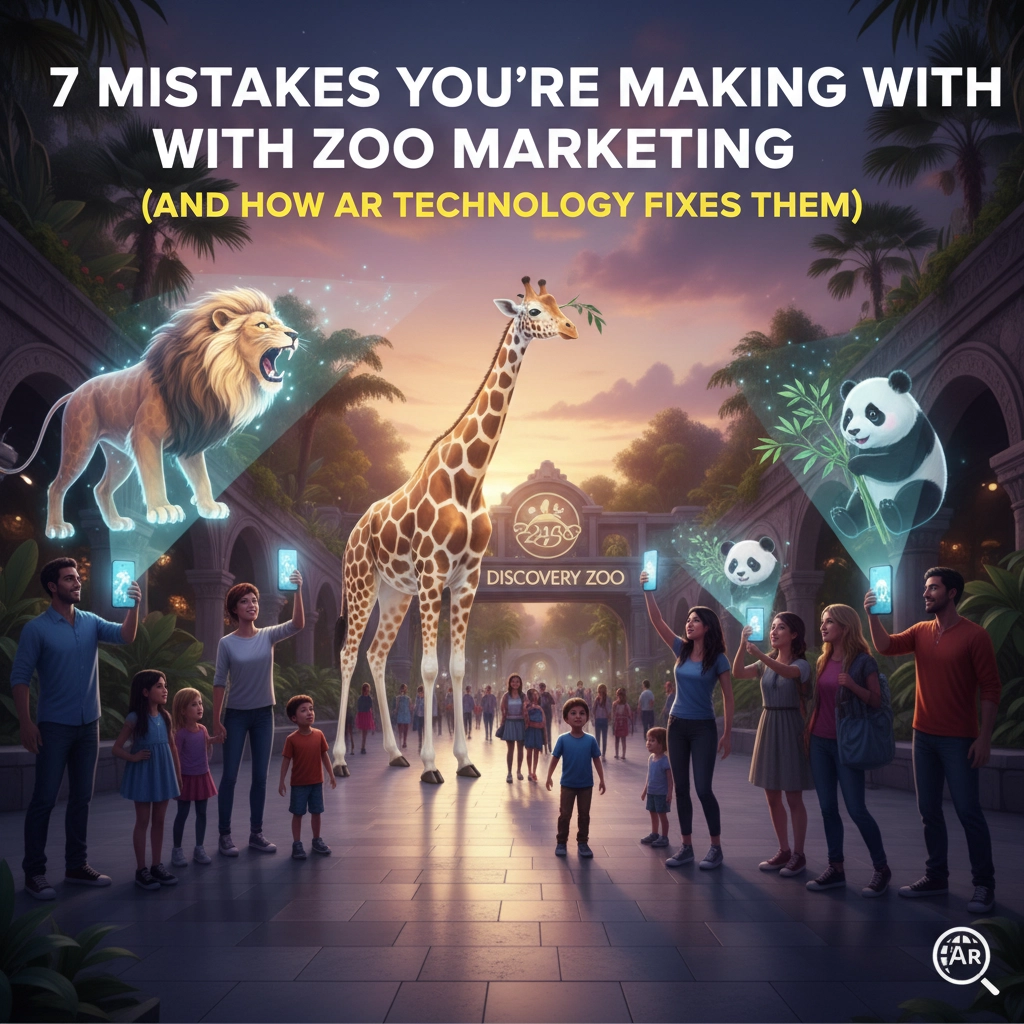Conservation-driven marketing has become one of the most powerful tools for brands looking to boost visitor engagement while making a meaningful environmental impact. Recent studies show that 73% of consumers are willing to pay more for products from companies committed to positive environmental impact, making this approach both socially responsible and financially smart.
The key to successful conservation campaigns lies in creating authentic connections between your brand values and environmental causes that resonate with your target audience. Companies like Lacoste and Nissan have demonstrated how conservation messaging can drive unprecedented engagement levels while building long-term brand loyalty.
Step 1: Identify Your Conservation Focus and Align with Brand Values
The foundation of any successful conservation campaign starts with selecting the right environmental cause that naturally connects with your brand's mission and audience interests. This alignment must feel authentic rather than opportunistic to achieve maximum engagement.
Research Your Audience's Environmental Priorities
Start by conducting surveys or analyzing social media conversations to understand which environmental issues matter most to your target demographic. Families with children often care about wildlife preservation and clean air initiatives, while younger audiences may prioritize climate change action and sustainable practices.
Choose Specific, Measurable Conservation Goals
Instead of broad environmental statements, focus on specific conservation objectives that can be clearly communicated and measured. Lacoste's "Save Our Species" campaign exemplified this approach perfectly by replacing their iconic crocodile logo with ten endangered species on limited-edition polo shirts, with each design representing the exact number of animals remaining in the wild.

Ensure Brand-Cause Authenticity
The connection between your brand and chosen cause should feel natural. A travel company might focus on protecting natural destinations, while a food brand could champion sustainable agriculture. This authenticity becomes the cornerstone of trust with your audience.
Key Action Items:
- Conduct audience research on environmental priorities
- Select 1-2 specific conservation causes aligned with your brand
- Define measurable impact goals
- Create authentic brand-cause connection narratives
Step 2: Develop Compelling Visual Storytelling with Emotional Impact
Visual storytelling transforms abstract environmental concepts into relatable, emotional narratives that drive visitor action. The most successful conservation campaigns use powerful imagery and compelling stories to create immediate emotional connections.
Create Powerful Visual Narratives
Nissan's polar bear campaign demonstrated this perfectly by showing a polar bear leaving its icy habitat to venture into the city, powerfully illustrating climate change's impact on wildlife. This approach makes complex environmental issues immediately understandable and emotionally engaging.
Use Data Visualization for Impact
Transform conservation statistics into compelling visual formats. Instead of simply stating "30% of species are endangered," create infographics showing the timeline of species decline or interactive maps highlighting affected regions. These visuals make data more digestible and shareable.

Develop Shareable Content Formats
Create visual content specifically designed for social sharing. This includes:
- Before/after environmental impact photos
- Infographic series explaining conservation processes
- Short-form videos showing conservation efforts in action
- Interactive quizzes about environmental awareness
Emotional Connection Strategies:
- Use storytelling techniques that highlight individual animals or ecosystems
- Show the human impact of environmental challenges
- Create hopeful narratives about positive change
- Include user-generated content from conservation efforts
Step 3: Integrate Educational Content with Interactive Experiences
Transform your conservation campaign into an educational opportunity that deepens visitor engagement while positioning your brand as a credible authority on environmental stewardship.
Host Educational Workshops and Events
The Catalina Island Conservancy demonstrates this approach through their restoration projects, which combine conservation efforts with nature-based learning experiences. Create workshops, interactive exhibits, and conservation talks that allow visitors to engage directly with environmental experts.
Develop Multi-Format Educational Content
Create educational materials in various formats to reach different learning preferences:
- Detailed blog posts explaining conservation science
- Video tutorials on sustainable practices
- Podcasts featuring conservation experts
- Interactive online courses or challenges
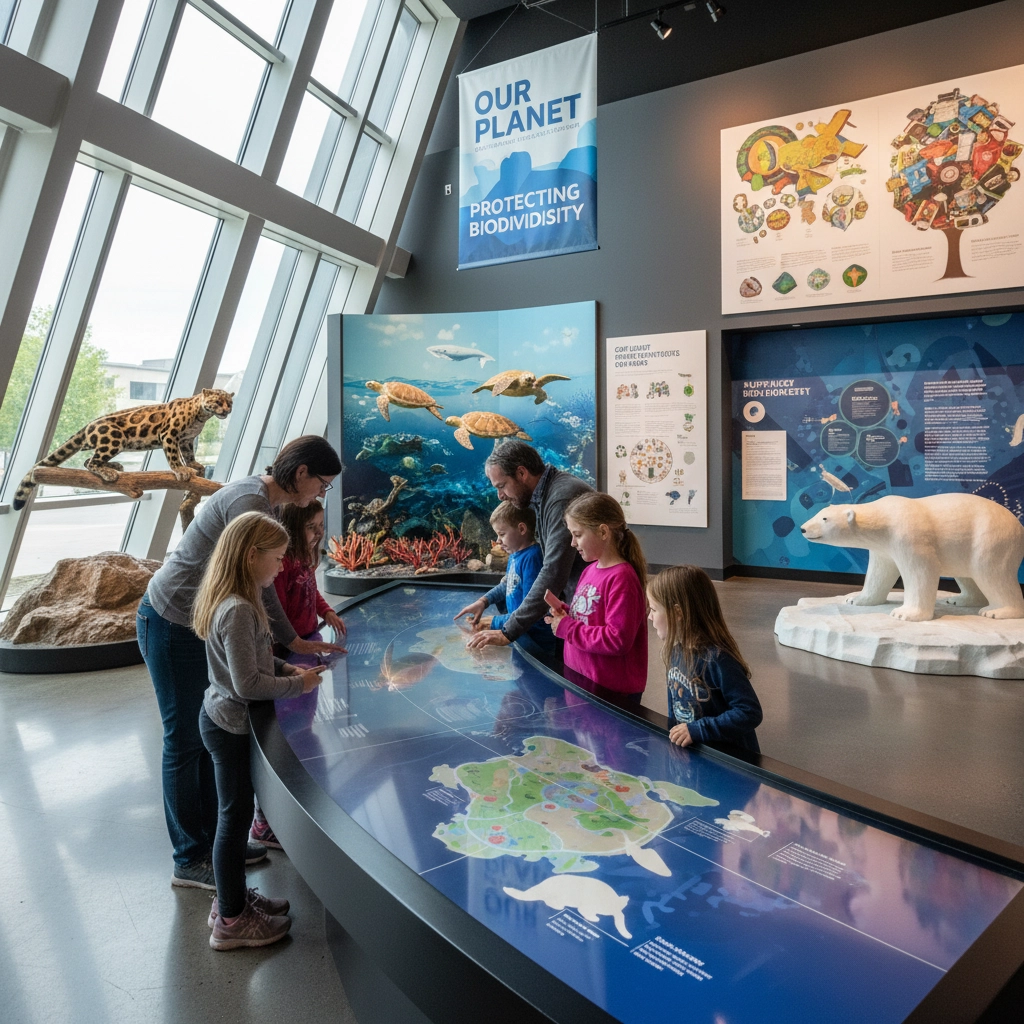
Partner with Conservation Organizations
Collaborate with established environmental organizations to enhance your campaign's credibility and reach. These partnerships provide access to expert knowledge, established audiences, and proven conservation methodologies.
Educational Content Best Practices:
- Break complex topics into digestible segments
- Use real-world examples and case studies
- Include actionable steps visitors can take
- Provide resources for continued learning
- Create certification or achievement programs
Step 4: Implement Direct Action Mechanisms and Measurable Impact
Design campaigns that allow immediate visitor participation and contribution, creating clear connections between consumer engagement and conservation outcomes.
Create Direct Contribution Opportunities
Implement systems where visitor actions translate into tangible conservation results. Lacoste donated campaign proceeds directly to species preservation efforts, while Bombas uses a "Buy One, Give One" model that creates immediate impact from each purchase.
Establish Transparent Impact Metrics
Build trust through transparency by clearly communicating how visitor engagement contributes to conservation goals. Track and report on metrics such as:
- Funds raised for specific conservation projects
- Number of trees planted or animals protected
- Carbon emissions reduced
- Acres of habitat preserved
Implement Gamification Elements
Create engaging ways for visitors to participate through:
- Conservation challenges with rewards
- Progress tracking toward collective goals
- Leaderboards for community engagement
- Achievement badges for participation milestones
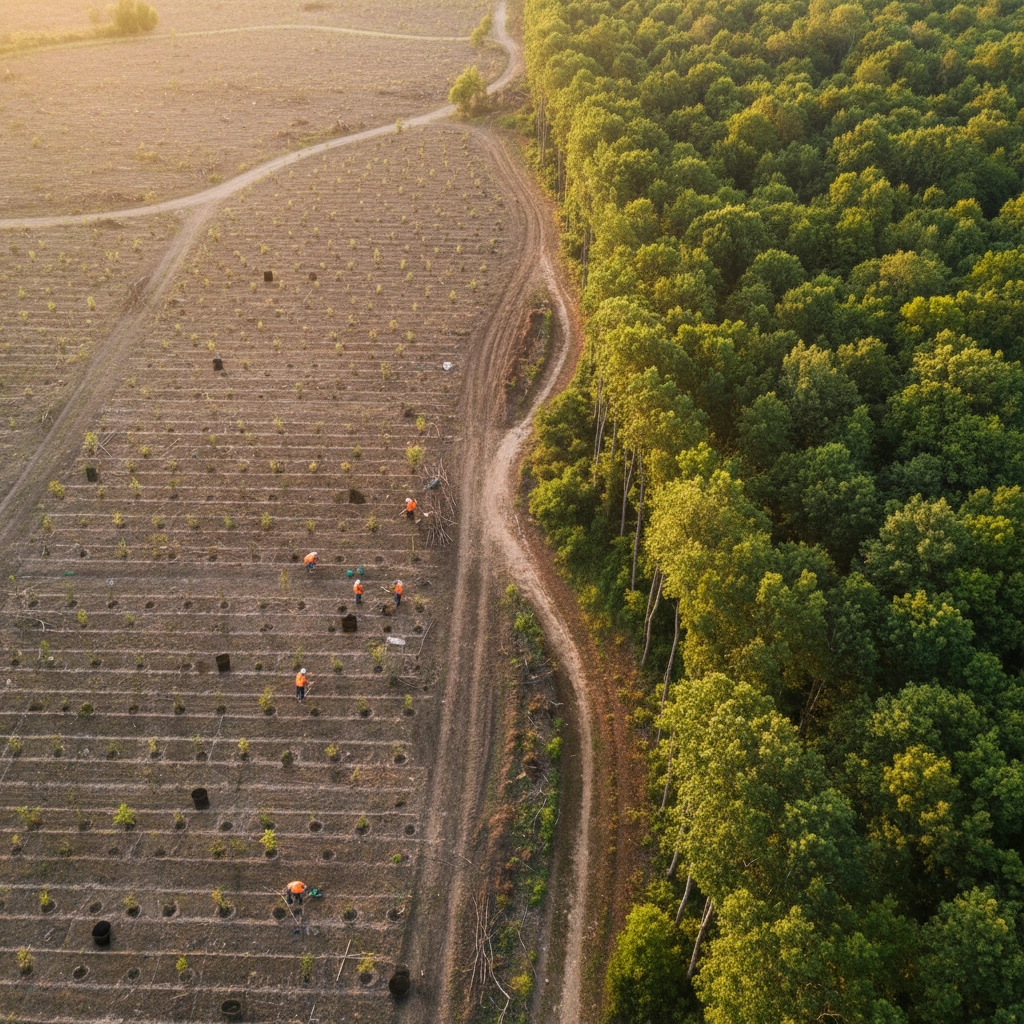
Direct Action Examples:
- Donation matching programs
- Product purchases that fund conservation
- Volunteer opportunity coordination
- Adoption programs for endangered species
- Carbon offset purchasing options
Step 5: Leverage Multi-Channel Promotion and User-Generated Content
Maximize your campaign's reach through strategic multi-channel promotion that encourages organic sharing and authentic user engagement.
Develop Platform-Specific Content Strategies
Create content tailored to each social media platform's unique characteristics:
- Instagram: High-quality conservation photography and stories
- TikTok: Short-form educational videos and challenges
- LinkedIn: Professional conservation industry insights
- Facebook: Community building and event promotion
- YouTube: Long-form educational documentaries
Encourage User-Generated Content
Create campaigns that naturally inspire visitors to share their conservation experiences. This includes:
- Photo contests featuring conservation activities
- Hashtag campaigns for environmental awareness
- User testimonials about conservation participation
- Before/after transformation stories
Cross-Promotion Partnerships
Partner with complementary organizations for expanded reach:
- Local businesses supporting environmental causes
- Educational institutions with sustainability programs
- Influencers passionate about conservation
- Industry associations promoting environmental responsibility

Measuring Multi-Channel Success
Track engagement across all channels to optimize your approach:
- Social media engagement rates and reach
- User-generated content volume and quality
- Cross-platform conversation growth
- Website traffic from social channels
- Conversion rates from different platforms
Maximizing Long-Term Campaign Success
The most successful conservation campaigns create lasting impact beyond initial engagement periods. Focus on building sustainable programs that continue generating value for both your brand and environmental causes.
Build Community Around Conservation
Create ongoing opportunities for visitor engagement through membership programs, regular volunteer events, and continued education initiatives. This approach transforms one-time campaign participants into long-term brand advocates.
Measure and Communicate Ongoing Impact
Regular impact reporting builds credibility and encourages continued participation. Share quarterly updates on conservation achievements, featuring specific examples of how visitor engagement has contributed to environmental progress.
Continuous Campaign Evolution
Successful conservation campaigns adapt and evolve based on participant feedback and changing environmental priorities. Regular assessment and refinement ensure your campaign remains relevant and impactful.
Conservation-driven campaigns represent a powerful opportunity to create meaningful brand connections while contributing to environmental protection. By following these five steps and maintaining authentic commitment to conservation goals, advertisers can build campaigns that drive substantial visitor engagement while creating positive environmental impact.
Ready to transform your advertising strategy with conservation-driven campaigns? The team at Zoo Media specializes in creating authentic, impactful marketing initiatives that drive both engagement and environmental good. Contact Dan Kost, CEO, and our expert team to discuss your conservation campaign opportunities.
Get Started Today:
- Visit www.dakdan.com for strategic consultation
- Call our AI Receptionist at +1 (323) 676-0621
- Connect with Dan Kost, CEO, for personalized campaign development
Zoo Media – Where advertising meets environmental impact.
#Motivation #Branding #Strategy #Marketing #AdvertisingAndMarketing #digitalmarketing #Innovation #ConservationMarketing #EnvironmentalAdvertising #SustainableMarketing


